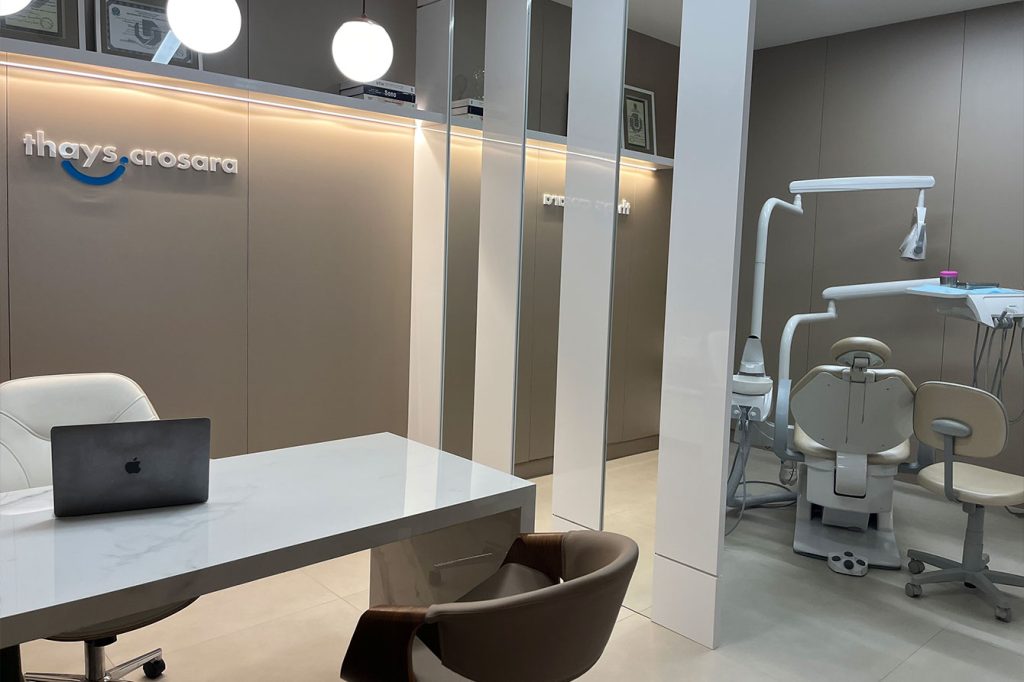Telefone: (34) 99677-1909
Abstract
Introduction: Manual titration is the gold standard to determinate optimal continuous positive airway pressure, and the prediction of the optimal pressure is important to avoid delays in prescribing a continuous positive airway pressure treatment.
Objective: To verify whether anthropometric, polysomnographic, cephalometric, and upper airway clinical assessments can predict the optimal continuous positive airway pressure setting for obstructive sleep apnea patients.
Methods: Fifty men between 25 and 65 years, with body mass indexes of less than or equal to 35 kg/m2 were selected. All patients had baseline polysomnography followed by cephalometric and otolaryngological clinical assessments. On a second night, titration polysomnography was carried out to establish the optimal pressure.
Results: The average age of the patients was 43 ± 12.3 years, with a mean body mass index of 27.1 ± 3.4 kg/m2 and an apnea—hypopnea index of 17.8 ± 10.5 events per hour. Smaller mandibular length (p = 0.03), smaller atlas—jaw distance (p = 0.03), and the presence of a Mallampati III and IV (p = 0.02) were predictors for higher continuous positive airway pressure.
The formula for the optimal continuous positive airway pressure was: 17.244 – (0.133 × jaw length) + (0.969 × Mallampati III and IV classification) – (0.926 × atlas—jaw distance)

Rua Rafael Marinho Neto, 600
Uberlândia Medical Center – UMC
Espaço Doctors Consultórios Clínicos, corredor Verde, sala 16.
Uberlândia (MG).
CRO: 29.049
Rua Rafael Marinho Neto, 600
Uberlândia Medical Center – UMC
Espaço Doctors Consultórios Clínicos, corredor Verde, sala 16.
Uberlândia (MG).
CRO: 29.049